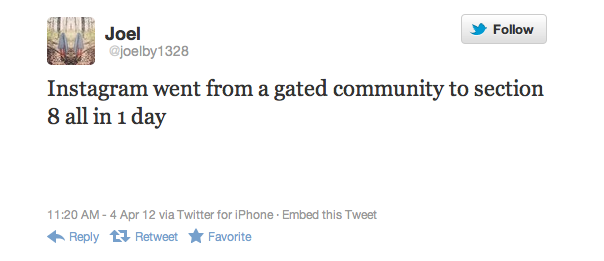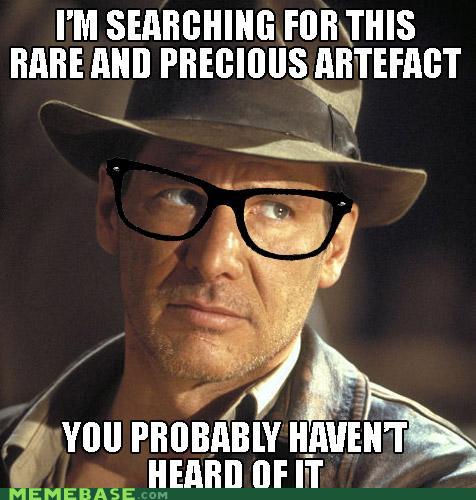
We did it! According to the Editors* of n+1, Sociology—in fact, the underdog coming from behind, Critical Sociology—has won the cultural debate. Critical thinking about power and how it constructs individuals is now universally applied. The bad news is that critical thinking about power hasn’t solved inequalities, and therefore we have “Too Much Sociology.” The Editors of n+1 fail to understand their topic, fail to cite accurately, and, fundamentally, have written a piece that is logically flawed from even its own position.
There are many good reasons to dismiss this essay, but let’s first skip over the most inaccurate parts to explain why the essay does not even make sense on its own terms. There is a good argument that Bourdieusian theorizing can be used for regressive ends. But: that is a Critical Sociology argument! Interrogating exactly how an episteme can be co-opted, even by that of which it is critical, is what critical sociology does. The article uses critical sociology as its method, as its logic, in order to conclude—against its own logic—against doing critical sociology. Hilariously, the essay is a work of critical sociology about critical sociology that is critical of critical sociology. more...








